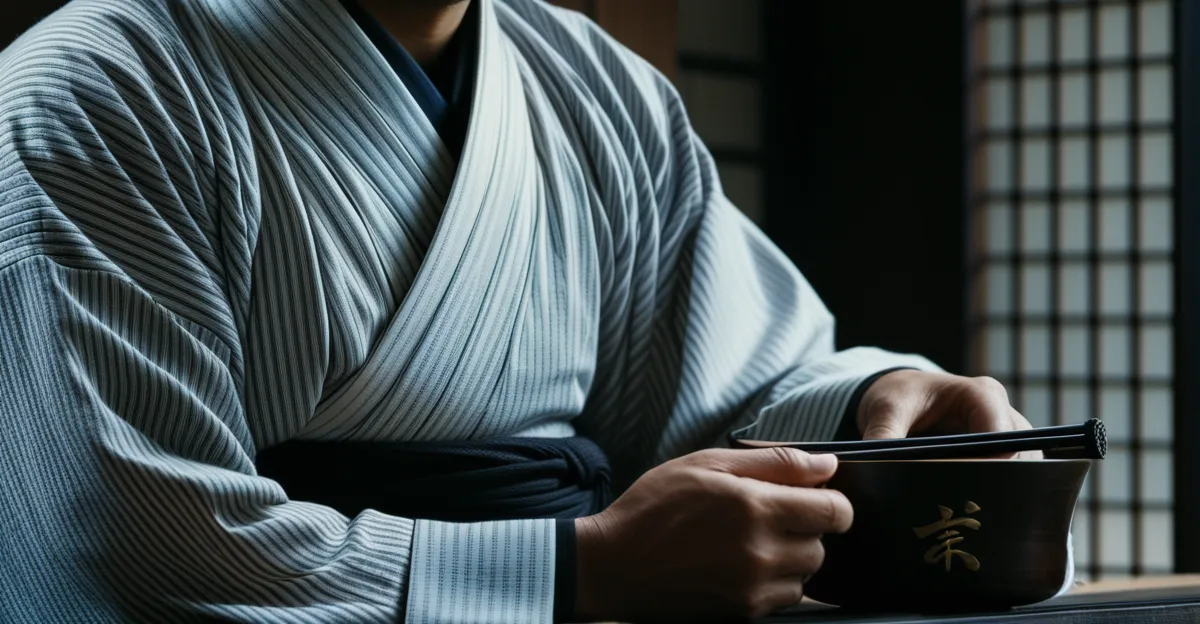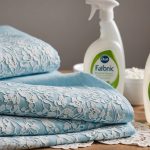Japanese men’s clothing blends tradition and modernity, reflecting a unique cultural identity. From timeless kimonos to contemporary streetwear, each style reveals stories of heritage and innovation. Understanding these garments offers insight into Japan’s evolving fashion landscape and practical tips for incorporating authentic pieces into your wardrobe. This exploration helps you appreciate the subtle balance between history and trend that defines Japanese menswear today.
Essential Guide to Traditional and Modern Japanese Menswear
When exploring the world of japanese clothing, men encounter a blend of deep-rooted tradition and dynamic innovation. At its heart, the enduring kimono stands as a symbol of Japanese heritage, worn for ceremonial occasions and cultural festivities. Alongside the kimono are yukata, a lighter, cotton robe typically donned during summer festivals, and hakama trousers, once the attire of samurai, now reserved for formal events or martial arts practice. For outerwear, the haori jacket delivers both style and comfort—perfect for layering over traditional or modern outfits.
In parallel : Become a Striped Pants Pro: Your Ultimate Guide to UK Business Fashion Mastery
Japanese fashion’s evolution owes much to shifts in social structure and global influence. Contemporary men’s wardrobes often fuse vintage elements with urban edge. Modern staples—oversized shirts, technical cargo pants, or minimalist cardigans—mirror the robust creativity found in Tokyo’s vibrant streetwear scene. This fusion of old and new caters to those seeking authenticity with a twist, making modern Japanese men’s clothing both approachable and innovative for everyday wear.
To confidently acquire authentic pieces, buyers should focus on reputable platforms specializing in men’s collections. Many leading UK online stores provide detailed guides, showcasing best-selling brands and designer options that span both formal and casual realms. Checking fabric details, origin, and user reviews further ensures that each purchase delivers genuine craftsmanship and timeless appeal.
In the same genre : Fashionable Winter Layers: Perfecting Puffer Jacket Trends for a Stylish Look in the UK
Key Japanese Menswear Styles, Brands, and Signature Pieces
Traditional clothing: Kimono, yukata, hakama, haori, and Edo period styles
Traditional Japanese menswear is known for its refined silhouettes and layered structures. Men’s kimono styles are instantly recognizable and often crafted from cotton or silk, they remain a staple for ceremonies and festivals. Yukata for men provides a lighter, breathable option ideal for summer and casual outings, and can be found with contemporary patterns or classic indigo dye. Hakama pants for men, often pleated, were historically worn by samurai but now appear in both traditional rituals and modern fashion blends. Haori jackets men’s styles function as practical layered outerwear, adding distinction to both formal and casual outfits. Exploring men’s traditional Japanese garments online offers unique access to Edo period shapes and motifs, from subdued everyday kimono to striking men’s kimono jacket styles.
Emerging and popular modern Japanese streetwear and minimalist trends
Japanese street fashion men’s brands have popularized oversized silhouettes, technical fabrics, and bold prints. Modern men’s Japanese streetwear blends Western and Japanese influences, often using men’s Japanese t-shirts with Japanese writing, haori jackets men’s cuts with graphic embroidery, and men’s oversized Japanese fashion elements like wide-leg trousers or airy layers. Men’s Japanese casual wear has shifted toward versatile, unstructured pieces, making everyday style effortless.
Influential Japanese menswear brands, designer collaborations, and must-have pieces
Best Japanese menswear brands bring heritage and innovation together. From minimalist essentials to dramatic men’s kimono jacket styles, these labels inspire global trends in men’s Japanese casual wear. Signature pieces—such as men’s samue traditional clothing, unique haori jackets men’s collections, or limited-edition men’s kimono styles—showcase Japanese craftsmanship and sleek aesthetics. Modern collaborations further highlight Japanese men’s street fashion as a world leader in creativity and refinement.
Practical Tips: Styling, Shopping, and Caring for Japanese Garments
Style ideas for combining traditional and contemporary Japanese pieces
To instantly elevate your wardrobe, combine men’s kimono fashion with obi belts and modern men’s Japanese embroidered jackets. Pair a classic kimono or yukata for men with men’s Japanese graphic sweatshirts for a layered look. Integrating Japanese-inspired men’s clothing, such as relaxed men’s Japanese sweatshirts with Kanji, bridges classic aesthetics and street style. Explore men’s kimono jacket styles by wrapping lightweight haori jackets over simple graphic tees, or mix in men’s Japanese cool sweatshirts with hakama pants for casual refinement. Focus on fabrics: men’s kimono cotton and linen work seamlessly with denim or tailored trousers for an easy fusion of cultures.
Where to buy and how to choose reputable online and UK retailers
Shopping for men’s traditional Japanese clothing requires careful curation. Verify that men’s Japanese clothing online stores UK are transparent about materials and sizing before purchasing. Reputable sources often feature detailed garment descriptions and authentic men’s kimono fashion with obi belts or embroidered options. Choose sites like https://kimurakami.com/collections/japanese-clothing-mens for genuine items, especially if you’re searching for Japanese-inspired men’s clothing or men’s Japanese sweatshirts with Kanji.
Care and preservation tips for traditional and modern Japanese menswear
Preserving men’s kimono fashion with obi belts and men’s Japanese embroidered jackets starts with gentle cleaning: always check care tags before washing. Most men’s Japanese graphic sweatshirts and woven pieces benefit from cold water washes, air-drying, and storing folded—not hung—to retain shape. Avoid harsh detergents, and for valuable garments, opt for professional cleaning to preserve artisanship.











